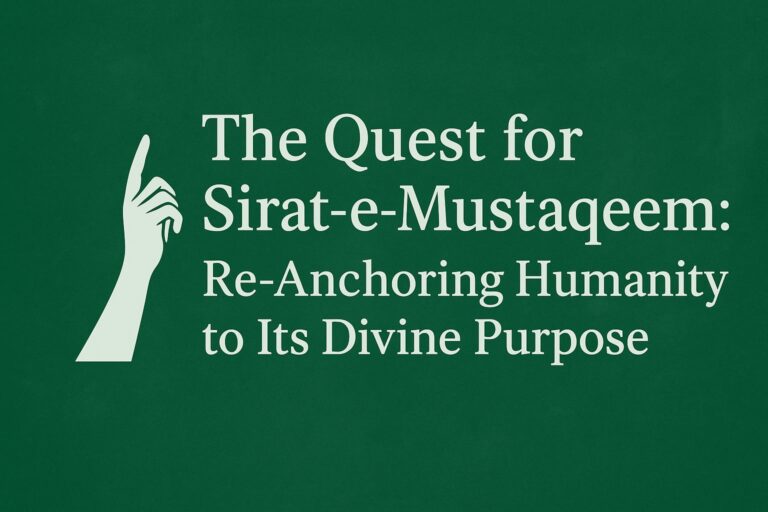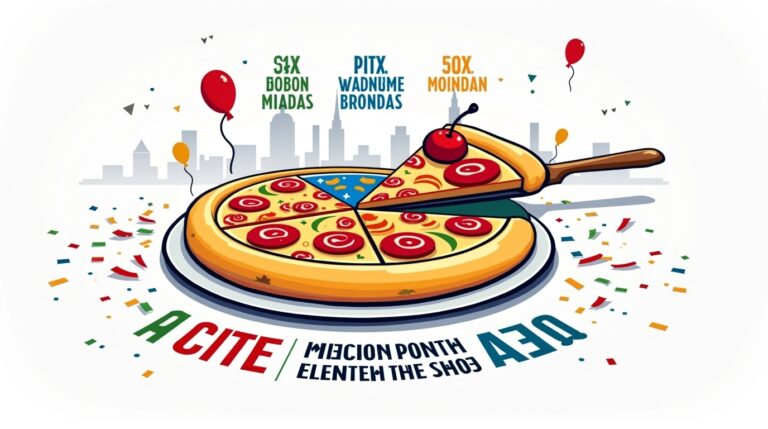The Soldier’s Paradox: The Moulding of Individuals and Its Consequences for Leadership and Society
Abstract
The Soldier’s Paradox, the Moulding of Individuals and Its Consequences for Leadership and Society. This qualitative, case-based study examines how modern military institutions “mould” civilians into soldiers through social engineering, indoctrination, and conditioning—and how those same forces shape (and sometimes distort) leadership outside the barracks. Integrating insights from social identity theory, organisational sociology, political science, and moral psychology, it argues that military formation produces a high-reliability professional capable of extraordinary cohesion and sacrifice, yet one who must undergo deliberate re-moulding to thrive within pluralist, civilian rule.
Through illustrative cases—Dwight D. Eisenhower (United States), Charles de Gaulle (France), Ulysses S. Grant (United States, mixed), Pervez Musharraf (Pakistan), and Augusto Pinochet (Chile)—and an institutional analysis of Pakistan’s civil–military relationship, the study shows how virtues of command can become liabilities in consensus democracies. The conclusion outlines a practical framework—Mind-set, Methods, Mandate—for re-moulding individuals and right-sizing institutions so that soldiers can become statesmen and militaries can remain constitutional.
https://mrpo.pk/soldiering-and-society-pakistan/

Methodology: Qualitative synthesis drawing on classic and contemporary literature in civil–military relations, leadership studies, and psychology; structured case vignettes; institutional analysis with comparative references.
1) Introduction: From Command to Consent
Every state needs a military capable of acting swiftly under stress. To achieve this, armies remake the recruit’s identity: they compress decision cycles, align loyalties, and elevate mission above self. The outcome—discipline, reliability, and courage—is indispensable in war. Yet when soldiers return to civilian life or enter public office, the same formation can misfire: unity of command may collide with separation of powers; secrecy with transparency; obedience with deliberation; decisive action with the need for inclusive consent.
This paper names and maps that tension as the soldier’s paradox: the very traits that deliver victory in battle can, without re-moulding, corrode democratic practice. Conversely, those traits—properly re-channelled—can make for exceptional civic leadership.
2) Scope and Limits
Scope.
- Conceptual framework for military moulding (psychology + sociology).
- Dual-edged impact on personal, domestic, and social life (including mental health).
- Case vignettes illustrating successful, mixed, and failed transitions into political leadership.
- Institutional analysis emphasising Pakistan as a primary example, with comparative notes.
Limits.
- No assessment of tactics/operations.
- No country-specific policy prescriptions; focus is conceptual and diagnostic.
3) The Moulding of a Soldier: A Conceptual Framework
3.1 Social Engineering (Identity)
Basic training choreographs de-individuation and re-identification: uniforms, grooming, cadence, and shared hardship reassign the “me” into a “we.” Social identity theory explains how in-group salience (unit/flag) reshapes perception, motivation, and risk tolerance. Goffman’s “front stage/back stage” also applies: recruits internalize a persona—a professional mask emphasizing control, composure, and the mission—even when back-stage emotions churn.
3.2 Indoctrination (Meaning)
Values such as honour, duty, courage, and fidelity are ritualised until they become automatic. This is not mere propaganda; it is meaning-making under danger. Cognitive dissonance theory suggests that, once deep commitments are made, individuals align beliefs with role-consistent actions—powerful for cohesion, dangerous if unquestioned authority persists into politics.
3.3 Conditioning (Behaviour)
Repetition under stress builds reflexes that survive chaos: weapons safety, small-unit drills, OODA loops. The adaptive upside is enormous. The risk is over-transfer—treating complex civic disputes as fire-orders that brook no dissent.
3.4 Moral Psychology (Injury and Repair)
Modern conflicts expose troops to role conflicts and traumatic ambiguity. Moral injury—distinct from PTSD—arises when one’s moral code is violated by self or command. Left unaddressed, it can harden into cynicism or hyper-moralism (a rigid insistence on order) that complicates later leadership.
4) The Double Edge: Personal and Social Consequences
4.1 Positive Aspects
- During Service: Reliability, composure under pressure, disciplined teamwork, mission focus, technical proficiency, and leadership under ambiguity.
- Post-Service: Exceptional crisis management, perseverance, time discipline, loyalty, and a powerful ethic of stewardship—assets for governance, emergency management, and public administration.
4.2 Negative Aspects
- During Service: Emotional suppression, role-constricted identity, and narrowed tolerance for dissent; the persona can become a prison.
- Post-Service: Transition shock, loss of purpose, strain in intimate relationships, hyper-vigilance, and potential for PTSD/moral injury. In political life: preference for command over debate, impatience with “inefficiency,” and overreliance on secrecy and coercive tools.
4.3 The Leadership Dialectics
- Speed vs. Inclusion (rapid orders vs. consultative process)
- Unity of Command vs. Separation of Powers
- Loyalty vs. Impartiality of Institutions
- Operational Secrecy vs. Democratic Transparency
- Obedience vs. Moral/Legal Accountability
Leaders who recognise and deliberately rebalance these dialectics can convert martial strengths into democratic assets.
5) Case Vignettes: How Formation Travels into Office
5.1 Dwight D. Eisenhower — Success by Reframing Command as Coordination
As Supreme Allied Commander, Eisenhower excelled at coalition management—negotiating egos and nations. In office, he governed by persuasion and process, not fiat: enforcing desegregation at Little Rock through lawful authority; investing in the Interstate Highway System via legislative consensus; navigating Suez with restraint. His re-moulding emphasised consent over command while retaining strategic clarity.
5.2 Charles de Gaulle — Success with Strong Executive Contours
De Gaulle re-founded the Fifth Republic, channelling strategic vision into constitutional design. His style remained assertive, yet he worked through civilian institutions and public mandate (referenda/elections). A reminder that “strong” need not mean “praetorian.”
5.3 Ulysses S. Grant — Mixed Outcomes
Hero of Appomattox, Grant brought moral determination to Reconstruction but struggled with peacetime patronage and political intrigue. The case illustrates how organisational acumen ≠ , political network craft, and how ethical intent can be undermined by institutional naiveté.
5.4 Pervez Musharraf — Authoritarian Reflex in a Democratic Arena
A coup-born presidency, repeated constitutional suspensions, and a command-first style undermined party development and rule consolidation. The inability (or unwillingness) to transition from order-giver to consent-builder produced fragility rather than stability.
5.5 Augusto Pinochet — Military Solution to a Political Problem
Pinochet’s rule epitomised coercion as governance: systemic repression substituted for legitimacy. This is the soldier’s paradox at its extreme—operational efficiency pressed into political domination with grave human rights costs.
6) Institutions Matter: Pakistan’s Structural Paradox
6.1 Guardian Ethos vs. Democratic Maturation
Since independence, Pakistan’s military has been both a state-builder and power broker. Recurrent coups (1958, 1977, 1999) and prolonged tutelage created a guardian ethos: the army as final arbiter of national interest. Short-term order often came at the price of party institutionalisation, judicial independence, bureaucratic meritocracy, and media freedom.
6.2 Vicious Cycle of Civil–Military Substitution
- Civilian underperformance invites military “rescue.”
- Military substitution crowds out civilian learning and accountability.
- Public trust shifts toward the uniform, lowering tolerance for messy democratic bargaining.
- Outcome: A “hybrid regime” equilibrium where democratic forms coexist with informal veto players.
6.3 Opportunity Cost
Security preeminence can skew budgets and talent pipelines, constraining social investment and civilian expertise. The paradox: a strong military with weak civilian counterparts is less, not more, secure in the long run.
6.4 Comparative Glance
Turkey’s trajectory—decades of military guardianship followed by civilian reassertion (with its own excesses)—shows that the hardest reform is not taming soldiers but building credible civilian capacity.
7) Bridging the Gap: The Re-Moulding Required
Framework: Mind-set, Methods, Mandate
7.1 Mind-set (What must change internally)
- From certainty to probabilistic humility: politics is the management of legitimate disagreement.
- From loyalty to persons to allegiance to institutions and law.
- From threat frames to stakeholder frames: opponents are citizens, not enemies.
7.2 Methods (What must change behaviourally)
- Deliberation literacy: chairing inclusive meetings; negotiating coalitions; structured listening under pressure.
- Transparency protocols: default to disclose; justify necessary secrecy.
- Dissent-positive leadership: reward critique, prevent groupthink.
- Rule-of-law reflexes: consult, legislate, adjudicate—before coercive tools.
7.3 Mandate (What must change institutionally)
- Clear constitutional boundaries with civilian supremacy.
- Parliamentary/committee oversight of defence and intelligence.
- Career bridges: veteran-to-civilian leadership programs in policy, economics, ethics, and media.
- Budget transparency and single-accounting for military-owned enterprises.
7.4 A 10-Question Diagnostic for Would-Be Soldier-Statesmen
- Do I equate disagreement with disloyalty?
- Can I let a slower, more legitimate process prevail over a faster unilateral one?
- Do I default to secrecy when transparency would suffice?
- Have I built non-patronage networks across parties and civil society?
- Do I accept judicial review of decisions I “know” are right?
- Can I publicly reverse course when evidence changes?
- Do I reward criticism within my team?
- Can I separate personal honour from policy outcomes?
- Is my crisis playbook legalistic and consultative, not just coercive?
- Would my successor inherit strong institutions—or merely my personal authority?
8) Methodological Reflections and Limitations
This analysis synthesises theory and cases to surface patterns rather than prove causality. It does not measure effect sizes or test hypotheses statistically. Country contexts vary; the same leader may fare differently under different constitutional designs, media ecosystems, or party systems.
9) Conclusion: Making Command Safe for Consent
The soldier’s paradox is not an indictment of military virtue; it is a call to translate it. Formation for war is about coordinated action under existential risk; leadership in democracy is about legitimised action amid competing goods. Where individuals embrace re-moulding and institutions enforce constitutional roles, martial strengths compound civic goods. Where they do not, command culture colonises politics, and the very order soldiers seek to protect is lost.
A soldier wins wars by command; a statesman sustains peace by consent. The path from one to the other is not automatic—it is taught, practised, and bound by law.
Selected Works for Further Reading
- Samuel P. Huntington, The Soldier and the State
- Morris Janowitz, The Professional Soldier
- Samuel E. Finer, The Man on Horseback
- Peter D. Feaver, Armed Servants
- James Q. Wilson, Bureaucracy
- Jonathan Shay, Achilles in Vietnam (moral injury)
- Philip Zimbardo, The Lucifer Effect (situational power and roles)


